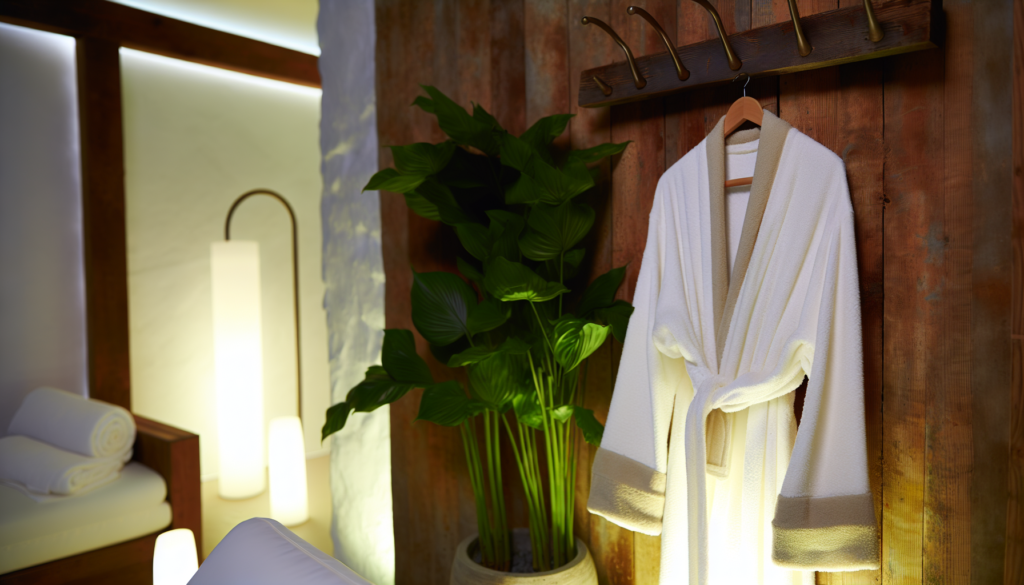Finding the right skincare routine when you have combination skin can feel like solving a complex puzzle. One minute your T-zone is shining like a disco ball, and the next, your cheeks are feeling tighter than your favorite jeans after Thanksgiving dinner. If this sounds familiar, you’re not alone. Millions of women struggle with the balancing act that is combination skin care, trying to address both oily and dry areas simultaneously. But don’t worry—I’ve spent years testing products, consulting dermatologists, and fine-tuning approaches to create a routine that actually works for our temperamental skin type.
Understanding Combination Skin: Your Face’s Split Personality
Let’s get real—combination skin can be downright confusing. You’re essentially dealing with two different skin types on one face. Typically, the T-zone (forehead, nose, and chin) produces excess oil, while the cheeks and other areas remain normal to dry. This happens because the T-zone has more active oil glands than other facial regions.
What makes combination skin tricky is that it can change with:
The key to managing combination skin isn’t using different products on different areas—it’s finding a balanced routine that addresses both concerns without exacerbating either one.
Morning Routine: Starting Your Day with Balance
Step 1: Gentle Cleansing
Heavy cleansers strip your dry areas, while too-light formulas leave oily patches untamed. The sweet spot? A pH-balanced gel cleanser. Look for ingredients like glycerin that clean without stripping natural oils.
Splash your face with lukewarm water—hot water can trigger more oil production while cold water doesn’t effectively remove nighttime buildup. Use gentle circular motions and pay special attention to your T-zone without scrubbing too hard.
Step 2: Alcohol-Free Toner
Forget those astringent toners from the 90s—they’re way too harsh! Instead, reach for a hydrating, alcohol-free toner containing ingredients like:
Apply with a cotton pad or simply pat on with clean hands, focusing slightly more on oilier areas.
Step 3: Lightweight Hydrating Serum
This step is non-negotiable, even for combination skin. A good hyaluronic acid serum works wonders because it hydrates without heaviness. It actually helps regulate oil production—when skin is dehydrated, it often produces more oil to compensate.
Apply 2-3 drops to damp skin (this helps the hyaluronic acid draw moisture into your skin rather than from it).
Step 4: Targeted Treatment (Optional)
If you have specific concerns like dark spots or fine lines, this is when you’d apply targeted treatments. For combination skin, stick to lightweight formulas that won’t clog pores or feel greasy.
Step 5: Moisturizer Magic
Contrary to popular belief, combination skin absolutely needs moisturizer. Look for lightweight, non-comedogenic gel-cream hybrid formulas. These provide adequate hydration for dry areas without overwhelming oily zones.
During winter months, you might need a slightly richer formula, or you can apply a bit more to dry areas and a lighter layer on your T-zone.
Step 6: SPF Protection
Every dermatologist’s mantra: sunscreen is non-negotiable. For combination skin, choose oil-free, lightweight formulas with at least SPF 30. Modern sunscreens have come a long way from the greasy, pore-clogging products of the past. Look for keywords like “matte finish” or “oil-control” if your T-zone tends to get particularly shiny.
Evening Routine: Nighttime Repair and Renewal
Step 1: Double Cleanse
Evening cleansing deserves extra attention, especially if you wear makeup or sunscreen (which you should!). Start with an oil-based cleanser or micellar water to remove makeup, sunscreen, and surface debris. Follow with your regular cleanser to deeply purify pores.
Step 2: Exfoliate (2-3 Times Weekly)
Exfoliation is crucial for combination skin, but don’t overdo it! Too much can irritate dry areas and trigger more oil production in oily zones.
For chemical exfoliation, look for products with:
If you prefer physical exfoliation, choose only ultra-fine, gentle scrubs and use very light pressure.
Step 3: Treatment Products
Nighttime is perfect for active ingredients that work while you sleep. For combination skin, consider alternating treatments:
Step 4: Nighttime Moisturizer
Evening moisturizers can be slightly richer than daytime formulas. Look for non-comedogenic ingredients like ceramides, peptides, and squalane that repair your skin barrier without clogging pores.
If you find your cheeks need more hydration than your T-zone, it’s perfectly fine to apply a little extra product to those areas.
Weekly Treatments: Your Skin’s Special Occasions
Think of weekly treatments as your skin’s weekend spa day. They provide targeted care for your combination skin’s unique needs.
Multi-Masking Magic
This technique is perfect for combination skin! Apply a clay or charcoal mask to oily areas and a hydrating mask to dry patches. Leave on for 10-15 minutes, then rinse.
Hydrating Masks
Once a week, treat your entire face to a non-comedogenic hydrating mask. This helps balance oil production while ensuring dry areas get needed moisture.
Lifestyle Factors: Beyond the Bottle
A truly effective combination skin routine extends beyond products. Consider these important factors:
Remember that seasonal changes may require routine adjustments. In summer, you might need lighter moisturizers and more oil control, while winter often demands additional hydration.
Creating the perfect routine for combination skin is about understanding balance, not choosing between addressing oiliness or dryness. With consistent application of the right products and attention to lifestyle factors, you can achieve that coveted balanced complexion. Remember that your skin care routine for combination skin may need occasional tweaking as seasons change or as your skin evolves. Listen to your skin, adjust as needed, and enjoy the journey to healthier, more balanced skin.







